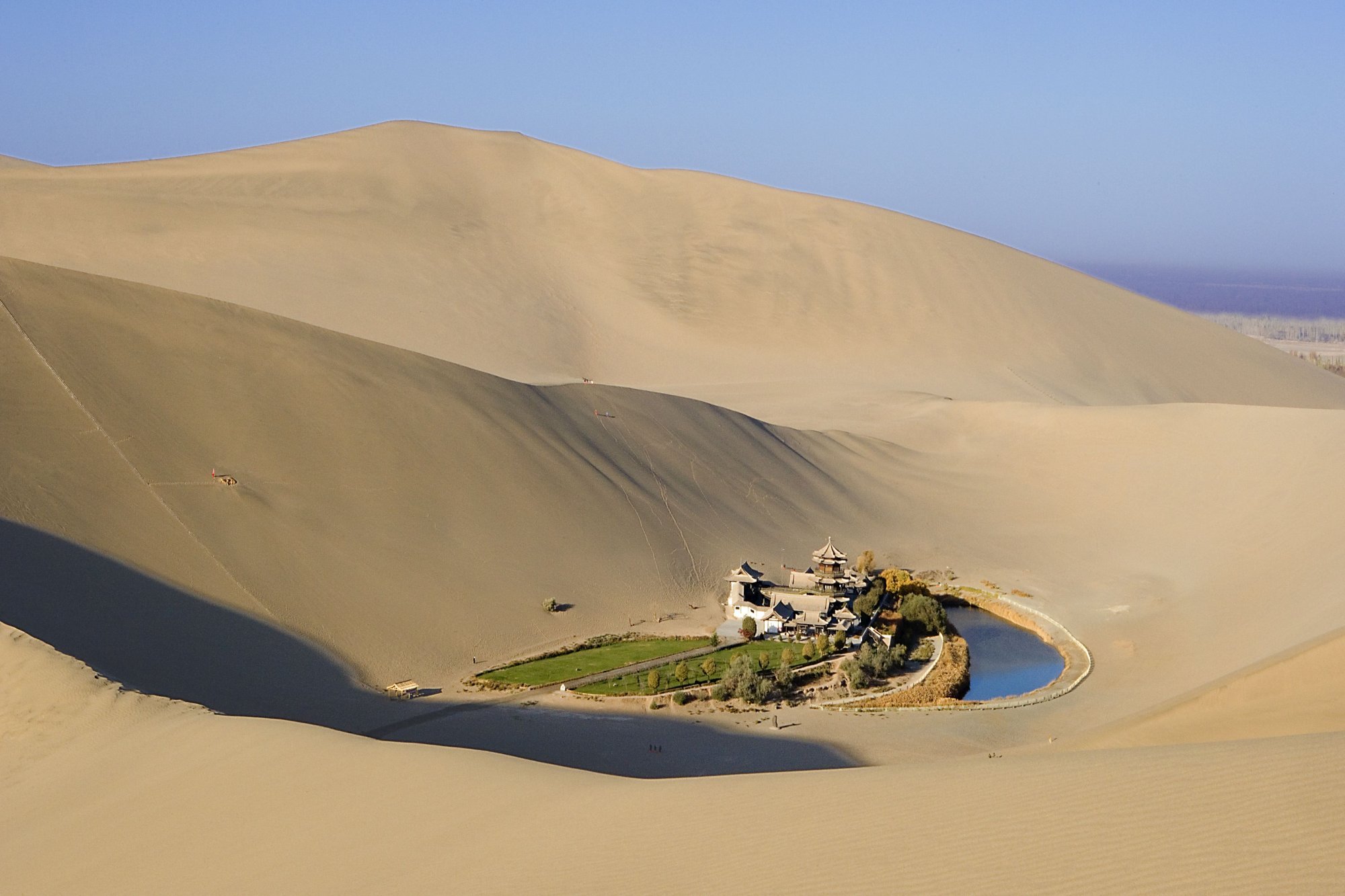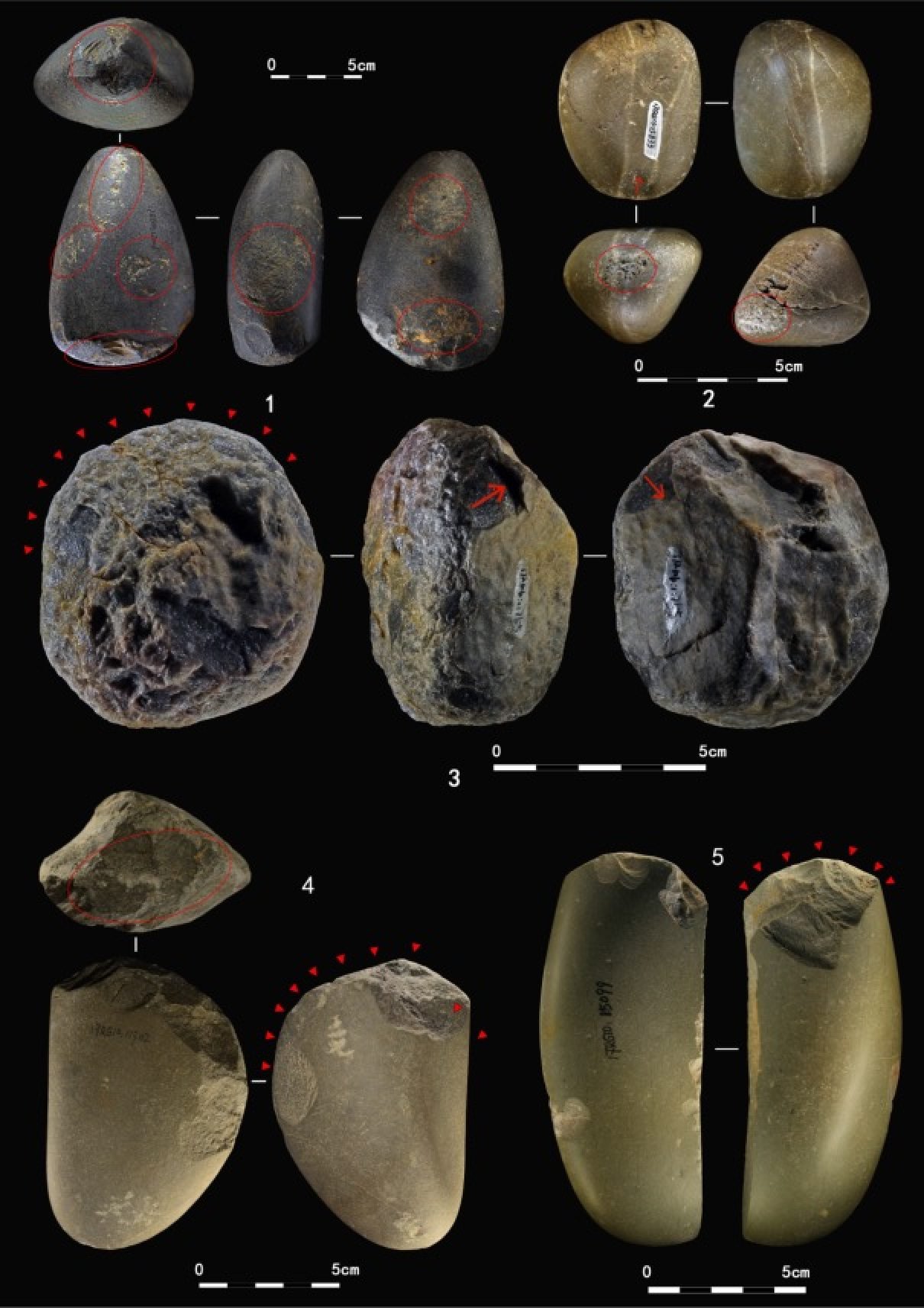
New research suggests that prehistoric humans in China survived Gobi Desert by adapting technological development
- One tool became essential for ancient people to source food
- Evidence suggests prehistoric people adapted their behaviour to fit the harsh environment of the Gobi Desert
Few places in the world are as environmentally harsh as China’s Gobi Desert, and yet, long before humans developed rudimentary weapons, invented the wheel, or mastered agriculture, they were surviving and thriving in the Gobi Desert.
So, how did these early Chinese hunter-gatherers manage to navigate the severe living conditions? A new study published in the peer-reviewed Journal of Archaeological Science in late April gives immense credit to the people’s ability to leverage a technology called microblades and adapt production to meet environmental demands.
Microblades — small rudimentary knives made by chipping stones to form a tool with sharp edges and, if possible, a pointed end — were often used for hunting, fishing, and possibly forest clearance during gathering expeditions.
In other words, they were essential for prehistoric people’s ability to feed themselves.
“The [Gobi Desert] landscape consists of sparsely vegetated erosion basins, former lake beds, gravel plains, dune fields, and less arid desert steppe areas. The harsh, cold winters, combined with low vegetative biomass, present distinctive challenges for prehistoric hunter-gatherers,” wrote the researchers.

During this time, the Younger Dryas climate event (around 11,700-12,900 years ago), the most severe interruption of the Earth’s general warming trend following the Ice Age, was in full force. There is a lack of evidence of human activity in the Gobi Desert from these years, suggesting humans struggled to survive in the region.
But, it wasn’t entirely uninhabitable, and microblade production evolutions showcase how humans adapted their essential tools to navigate a changing environment in a naturally harsh geographical region.
“In response to these challenging conditions, hunter-gatherers seemed to adopt a more intensive approach to raw material exploitation, possibly driven by the need for resource optimisation during a period of environmental stress,” the researchers wrote.
The researchers analysed tools excavated between 2013 and 2017 at Pigeon Mountain Locality 10, located in the Ningxia autonomous region in north-central China. They found that the prehistoric humans who lived between 11,000 and 15,000 years ago exhibited an ability to make a wide variety of microblades according to their surroundings.
Because of the cold, arid landscape, evidence suggests the people were more willing to discard raw materials and possibly used microblades ad hoc, making them when required and ditching them if the weather began to worsen.
“This adaptation allowed them to navigate the harsh conditions and optimise the use of available resources,” the researchers wrote.
This idea was further supported by the fact that the raw materials used to make the blades were localised — typically quartz and quartzite, and sometimes sandstone and hornfels — suggesting that people did not carry the tools for future use when they travelled, a behaviour seen in other excavation sites.
The tools were created from a large stone that would act as the “core”. The people would use hammers to chip off segments of the core into knife-like shapes, a process called “pressure flaking.”
Scrapers were then deployed to retouch the microblades and make sure they had sharp edges.

The blades in China are typically about 5cm long and were often attached to antlers to create a knife-like tool.
“[The] consistency in the use of pressure techniques and the prevalence of specific core types suggest a deliberate and standardised approach in microblade production within this cultural context,” the researchers wrote about the tools found at Pigeon Mountain Locality 10.
Microblades were first discovered in China in the 1920s, but their origination is poorly understood, with theories suggesting it started in modern-day Siberia, China, or even Japan.
Archaeologists are also unclear when it first emerged, with potential dates ranging from 18,000 to 30,000 years ago.

